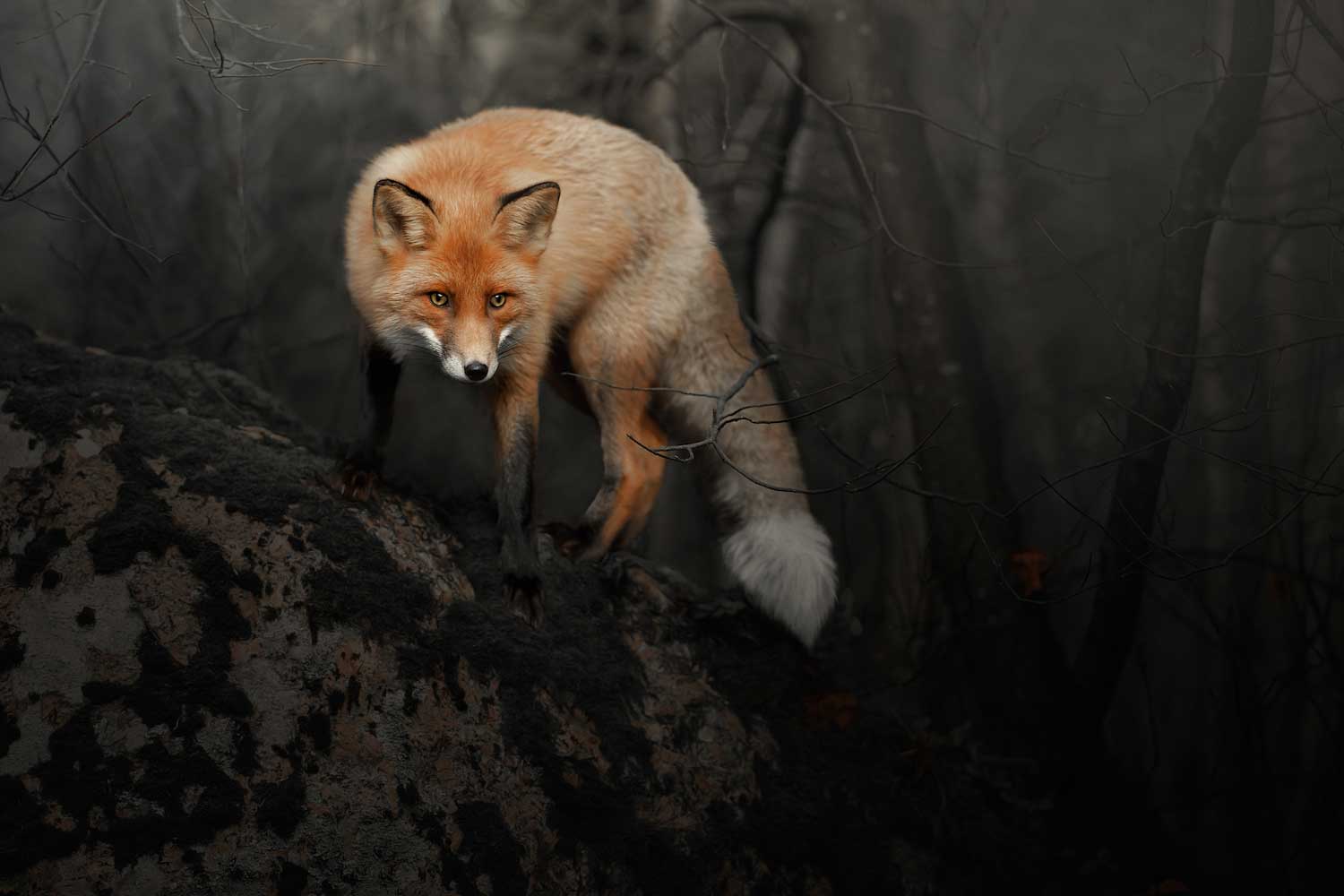Nature curiosity: Why are some animals nocturnal?

Are you a night owl or an early bird? Unless we work an overnight shift, most of us humans are diurnal, or active during the day. In the animal kingdom, however, it's not just owls that are night owls. Plenty of animals are nocturnal, awake and active at night and sleeping the day away.
Animals that are active at night live a nocturnal lifestyle because it's advantageous to them, according to Earth.com. They are better able to survive in their habitat by conducting the business of their survival at night, under the cover of darkness.
The advantages of being nocturnal vary among species. One theory for why so many species evolved to be nocturnal is avoidance of predators, according to Earth.com. Most nocturnal animals are insects, birds and mammals, but not many reptiles are active at night. This may be because being active at night evolved as a means of avoiding being hunted by reptilian dinosaurs and other predators.
Even tens of millions of years after the age of the dinosaurs, being nocturnal can have advantages for animals. For some, being active at night does indeed help them avoid detection by potential predators and allows them to better camouflage themselves, Earth.com reports. On the flip side of that, nighttime is a good time for hunting for some animals that specialize in eating certain types of animals, particularly small mammals.
Think about animals that eat a lot of rodents. What comes to mind? Owls, coyotes, red foxes? All these animals are nocturnal, hunting for rodents like mice and rats, which are also nocturnal.
Night life can also be beneficial for some animals because there's less competition for resources — fewer creatures looking for a drink of water or on the hunt for prey means a better chance at success. And far from Will County, in extreme climates like deserts, being nocturnal is also a way to beat the heat, according to National Geographic.
It also turns out that some animals may be embracing the nocturnal lifestyle in an attempt to limit their encounters with us diurnal humans. All across the world, mammal species are becoming more nocturnal as a way to avoid the ever-expanding footprint humans have on our shared planet, according to a study published in a 2018 edition of the journal Science.
Our presence in animal habitats does not have to be threatening to them to change their behavior to better avoid us, according to the study. Even human activity such as hiking, which poses little threat to mammals, is enough to cause them to alter their daily schedules.
No matter why animals are nocturnal, they do require certain adaptations to be able to survive and thrive at night. Most have vision that is adapted to their dark lifestyle, and nocturnal animals like wildcats, rodents and owls also have an excellent sense of hearing to help them hunt under the cover of darkness, according to the National Park Service.
Many nocturnal animals also have a keen sense of smell and communicate with other animals by leaving scents behind, National Geographic reports. Even whiskers and other specialized hairs can help animals find food in the dark. Some adaptations for living in the dark are even more specialized. Take bats. They use echolocation (locating objects by reflected sound) to zip through the air with precision as they fly around in the dark in search of insects. And some snake species have receptors that are sensitive to heat, which allows them to more easily move around and locate prey.
While a nocturnal lifestyle is advantageous to many animals, some human activities pose threats to their continued success. One major threat is light pollution, particularly in urban areas. In some cities, it's never truly dark, which can interfere with these animals' normal behaviors. In particular, migratory birds, which fly at night, and sea turtles are endangered by light pollution because they rely on starlight to navigate, Earth.com reports. And climate change may also affect at what time of day animals are most active. As the planet gets warmer and drier, some animals may begin to be more active at night or become more crepuscular, meaning they are most active at dusk and dawn. This could eventually lead to changes in the balance of the ecosystem and the health of animal habitats.
